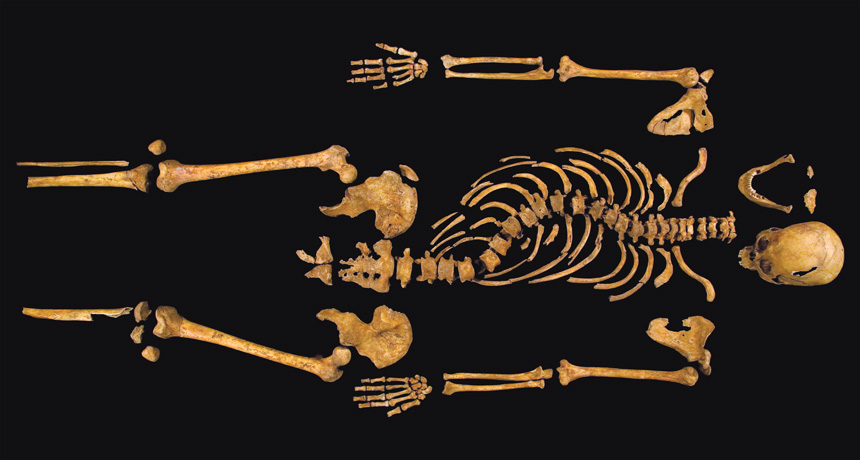Year in Review: Slain king’s bones dug up
Richard III’s skeleton reveals fatal wounds

BROKEN BONES King Richard III’s bones show that severe scoliosis curved his spine. Of the 10 wounds found on his remains, either of two on his skull could have been fatal.
Univ. of Leicester







